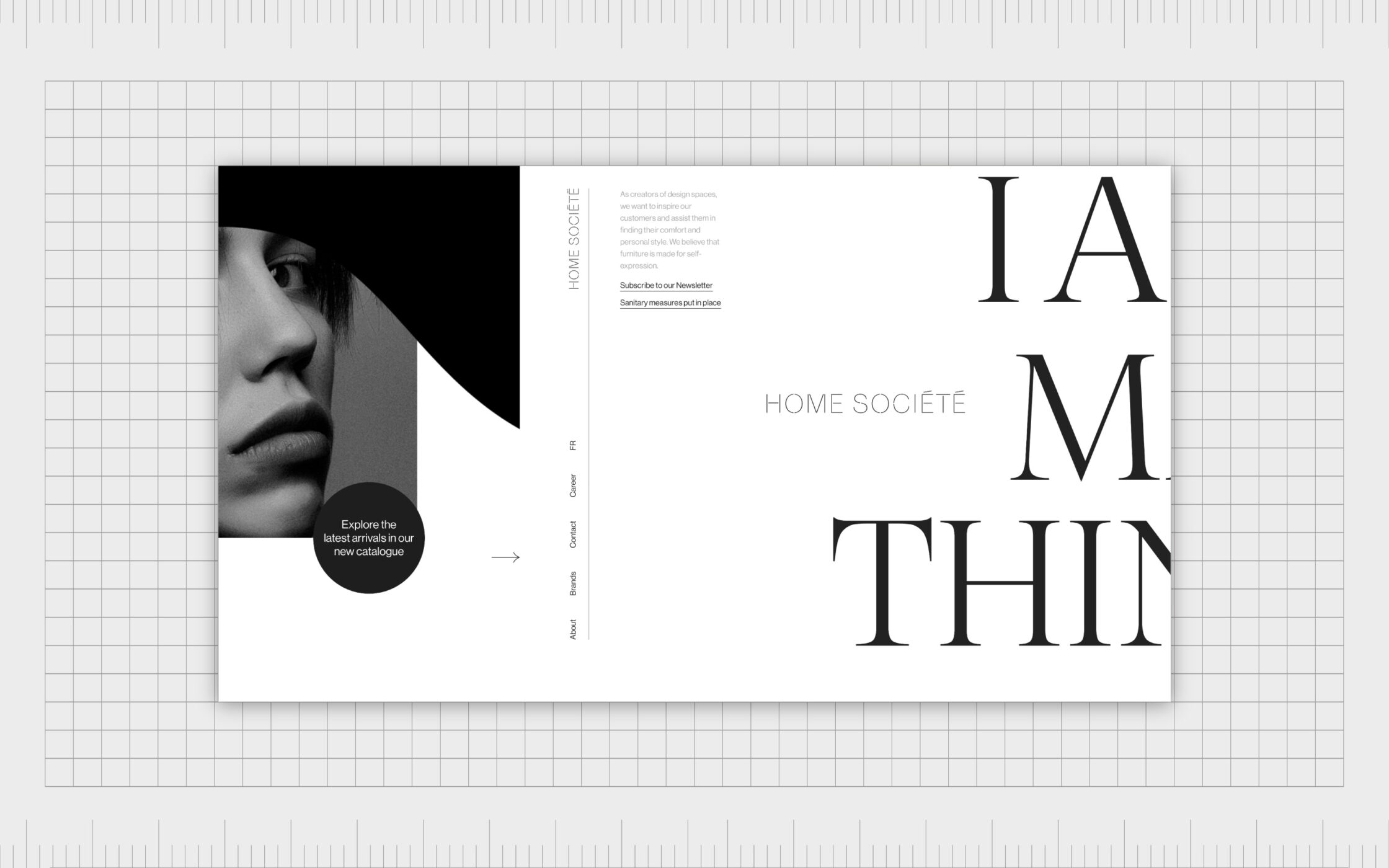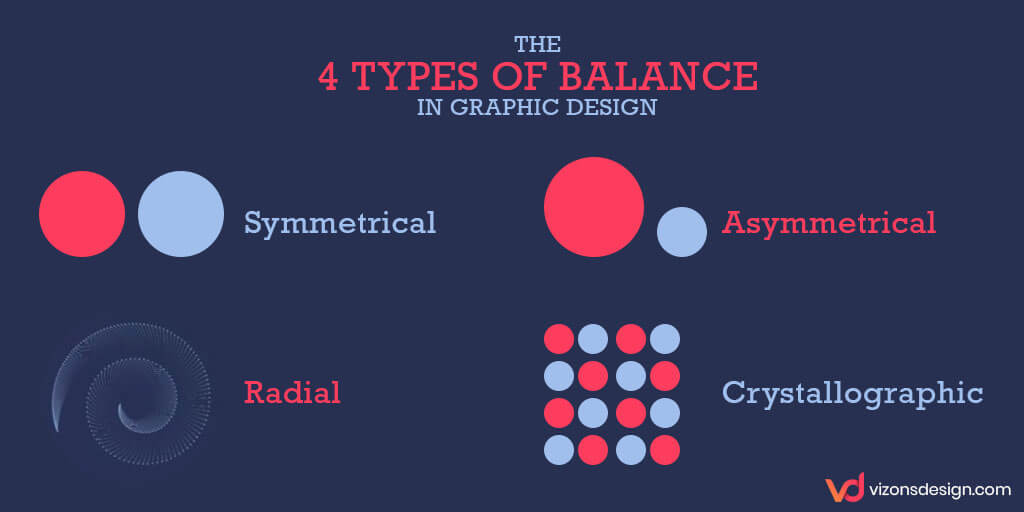Table Of Content

Texture can be created by a repeated pattern of lines, or by using tiled images of textures. Above, the diagonal lines add a ‘grip’ effect to an otherwise ‘smooth’ rectangle. Colour theory is a branch of design focused on the mixing and usage of different colours in design and art. In colour theory, an important distinction exists between colours that mix subtractively and colours that mix additively.
How does balance relate to other principles of design?
Need beautiful photography to form the foundation of your next project? With Shutterstock Flex, you’ll have all-in-one access to our massive library, plus the FLEXibility you need to select the perfect mix of assets every time. You don’t necessarily need to use curved furniture to achieve the effect but organically-shaped chairs, rugs, and tables certainly help to give the illusion of a continuous spiral form. Photographers can use the four types of balance to enhance a variety of characteristics, from stability to energy, focus to scale. You can often see crystallographic balance used on landscape photography, pattern design, website backgrounds, and architectural photography. A great technique for polishing images, simply cropping or adjusting the proportions of an image can enhance their symmetry and promote a more orderly effect.
Leveraging Size for Visual Balance
One of the key principles of design, balance, refers to the arrangement of visual elements so that their visual weight is in harmony with one another. Rather than actual mass, visual weight just means an object's power to attract the viewer's eye. Remember, mastering the art of composition is like conducting an orchestra — every element, from color to texture, plays a part. It's up to you to ensure all the elements work together in harmony, creating a visually balanced and engaging design. Radial balance can be a powerful tool in mastering the art of composition, creating designs that draw the viewer's eye to the center.
Elements of art
20 Best New Balance Shoes of All Time, Ranked - Complex
20 Best New Balance Shoes of All Time, Ranked.
Posted: Fri, 11 Aug 2023 07:00:00 GMT [source]
From balance 101 to perfecting room flow, our designers are chock-full of expert tips. Start with our style quiz to work with a design pro one-on-one. Elements that are positioned close to each other look like a connected group. If there are random groups of elements with varying negative spaces separating them, then the design looks noisy.
Contrast
Let's move on to the role of space in achieving visual design balance. Next up, we'll explore how color plays a role in balancing elements in visual design. The app icon designs in iOS 6 and earlier mimic the glossy texture of glass to incite users to tap them. Later, Apple (in)famously introduced a linen fabric texture to much of its user interface. Negative space (also known as white space) is the empty area around a (positive) shape. The relation between the shape and the space is called figure/ground, where the shape is the figure and the area around the shape is the ground.

The visual weight of an element is determined by its size and shape, as well as its color. In this article, we’ll go over what balance is, why it matters in graphic design, and how you can achieve it through color, shapes, patterns, and other elements of visual design. Visual weight refers to the perceived heaviness or lightness of an element in a design.
Visual Design: The Ultimate Guide
Mastering the art of working effectively while traveling requires a shift in mindset and some practical strategies, but it is worth the work. This article is part of our Museums special section about how institutions are striving to offer their visitors more to see, do and feel. We believe fairness and accuracy are crucial if the public is to accept artificial intelligence technology.
Balance is closely related to other design principles like contrast, emphasis, and unity. For instance, contrast can be used to create visual interest and balance in a design. Similarly, balance can help to emphasize certain elements in a design and create a sense of unity. Color plays a significant role in achieving balance in design.
All open-source articles on design principles
“You’ll be able to adjust your temperature settings when you’re away, and some smart thermostats track your energy consumption so you stay on track,” adds Rodriguez. “Think about water-conserving faucets and toilets, smart appliances that maximize energy and water performance, and other features that make living more sustainably even easier,” he says. As a Green designee, realtor Cheneil Lowe sits on the Atlanta Realtors Association’s sustainability committee.
Be trustworthy and credible – identify yourself through your design to assure users and eliminate the uncertainty. Offer few options – don’t hinder users with nice-to-haves; give them needed alternatives instead. For example, take an overhead shot of a herd of migrating animals. In this case, the color consistency and similarity of direction of the animals gives the impression of a uniform whole. Now that you know the rules, you can learn how and when to break them. There are times when you want to make your design uncomfortable to your viewers.
Now that you're armed with these tips, why not give it a shot? Remember, space isn't just emptiness—it's an element that can shape and enhance your design. So, the next time you're working on a design project, don't forget to give your elements a little room to breathe.
Asymmetrical balance examples range from jaunty street photography to Swiss-style graphic design, which often use asymmetry to create a sense of movement in an image or layout. Asymmetrical balance occurs when the elements on a layout are different, but by being equally weighted still feel balanced. There might be two elements with a similar weight but different shapes, or one larger, heavier element balanced by a couple of lesser focal points. But, this isn't just theory—it's time to see how these principles apply in the real world. Visual balance doesn’t mean that every element has to be distributed with perfect symmetry.
The concepts of balance discussed above are applicable to all kinds of designs. This includes your ad designs and social media posts, and marketing videos and motion graphics too! So have fun working with your designer to discover how balance can make your designs even better.

No comments:
Post a Comment